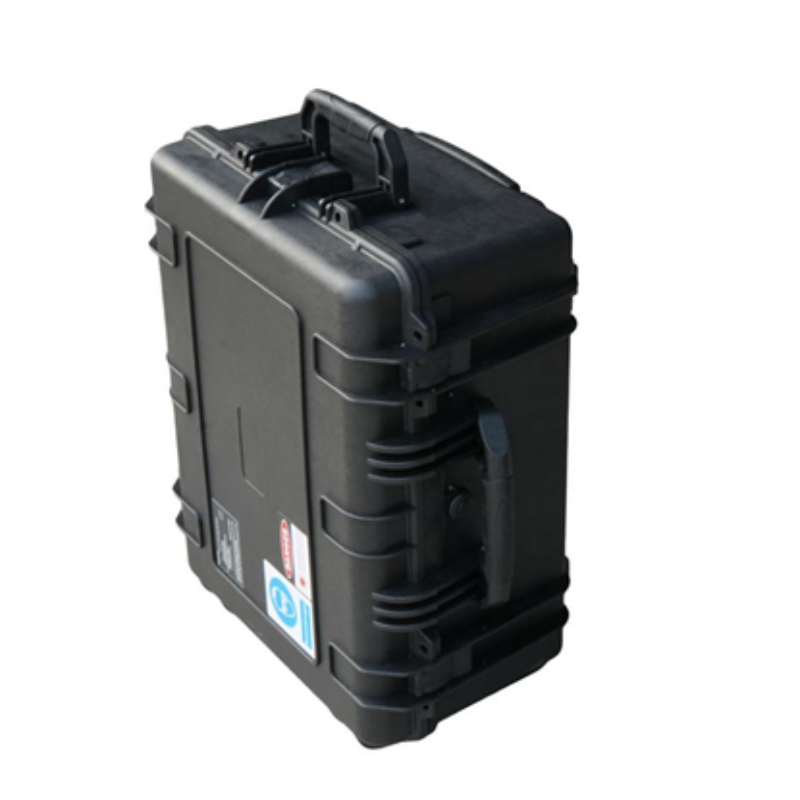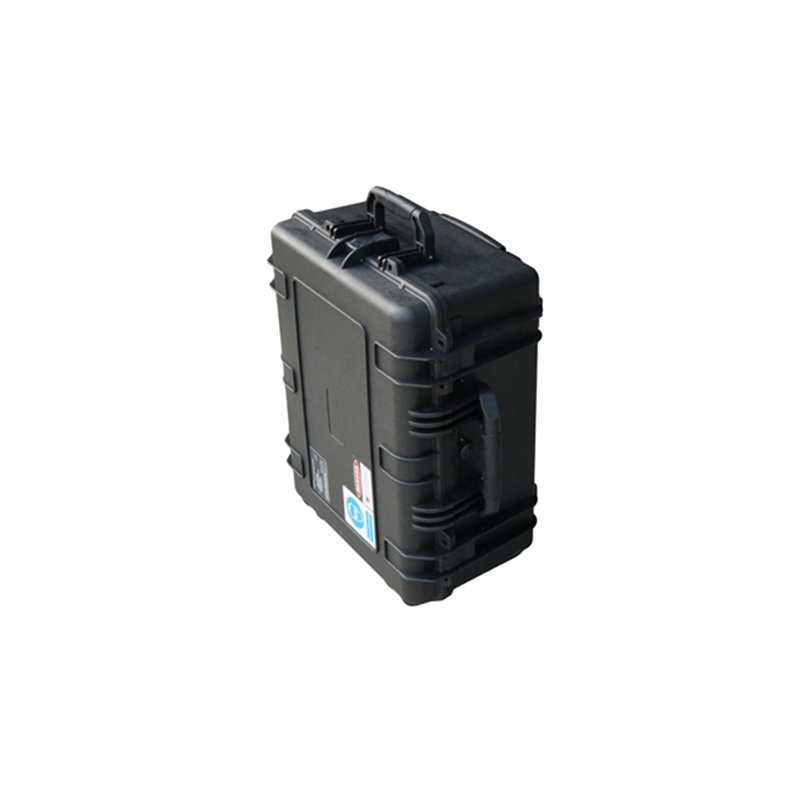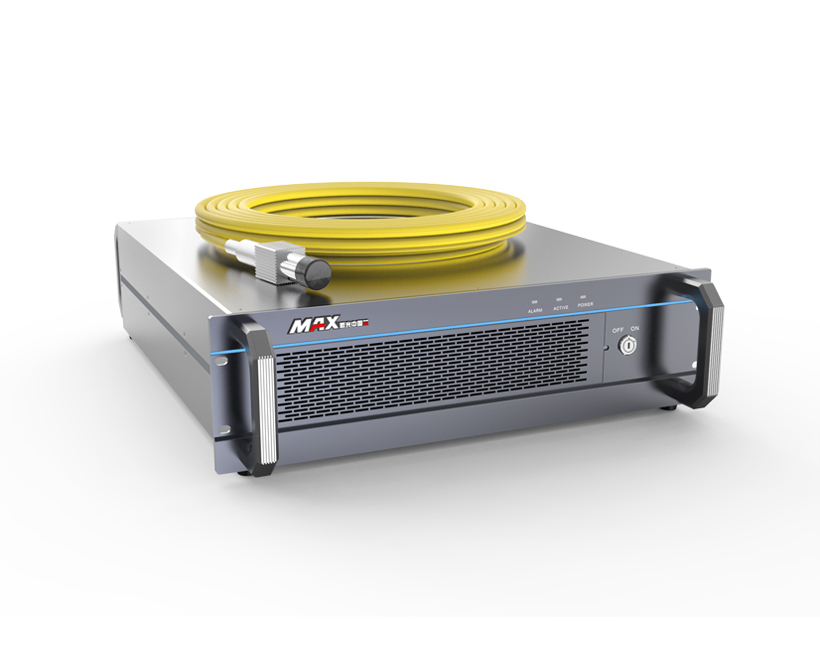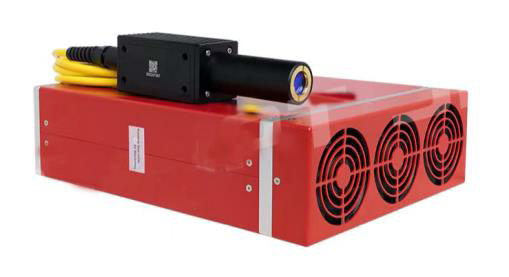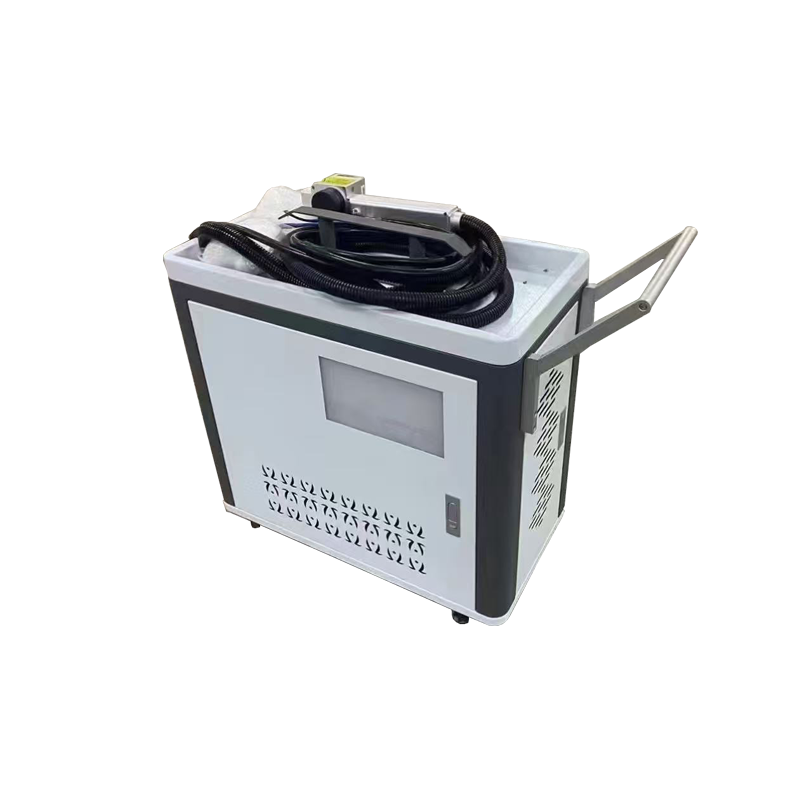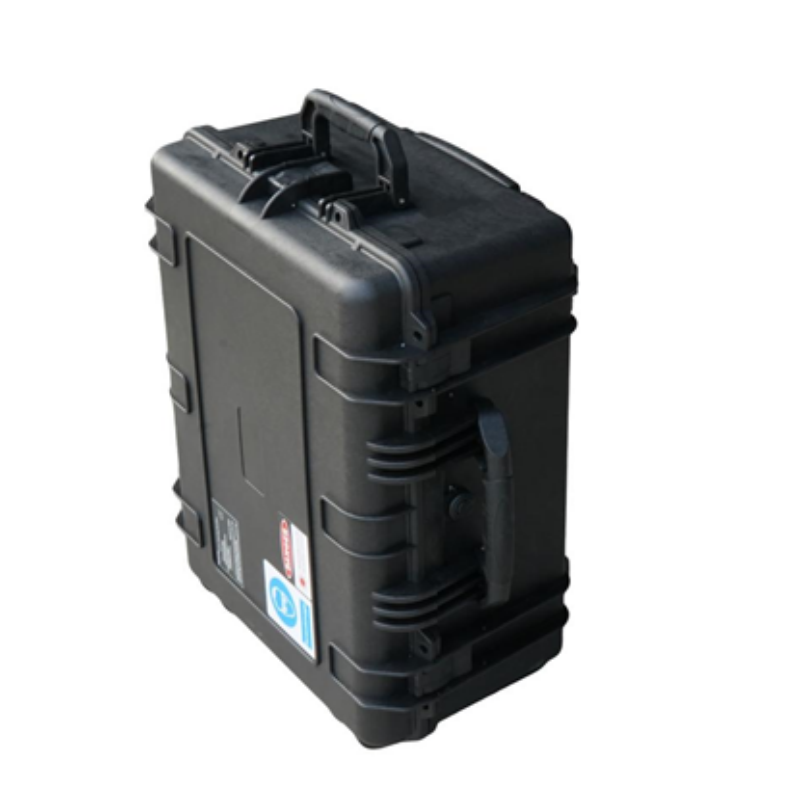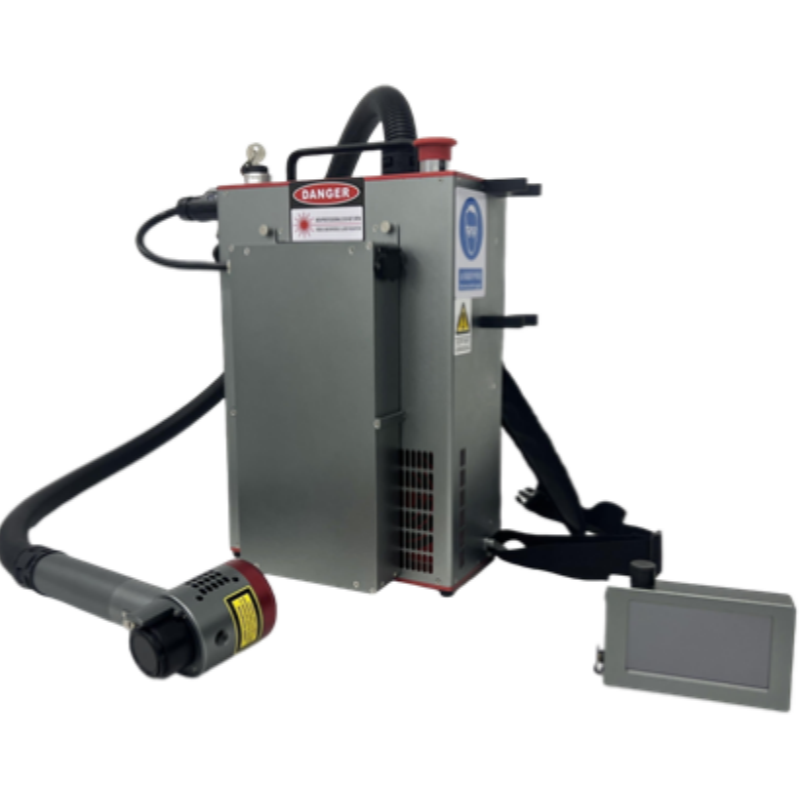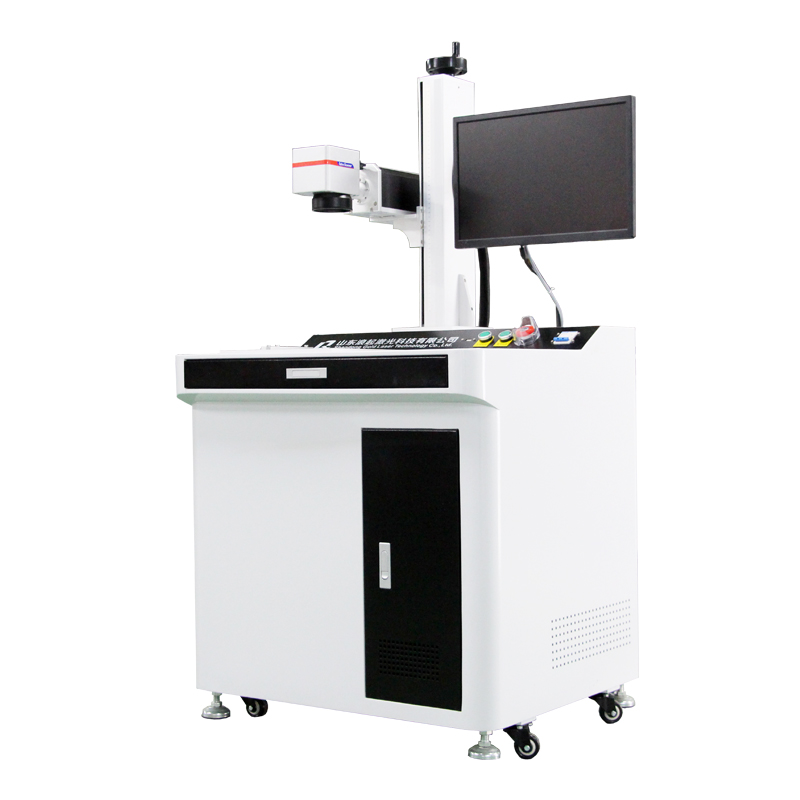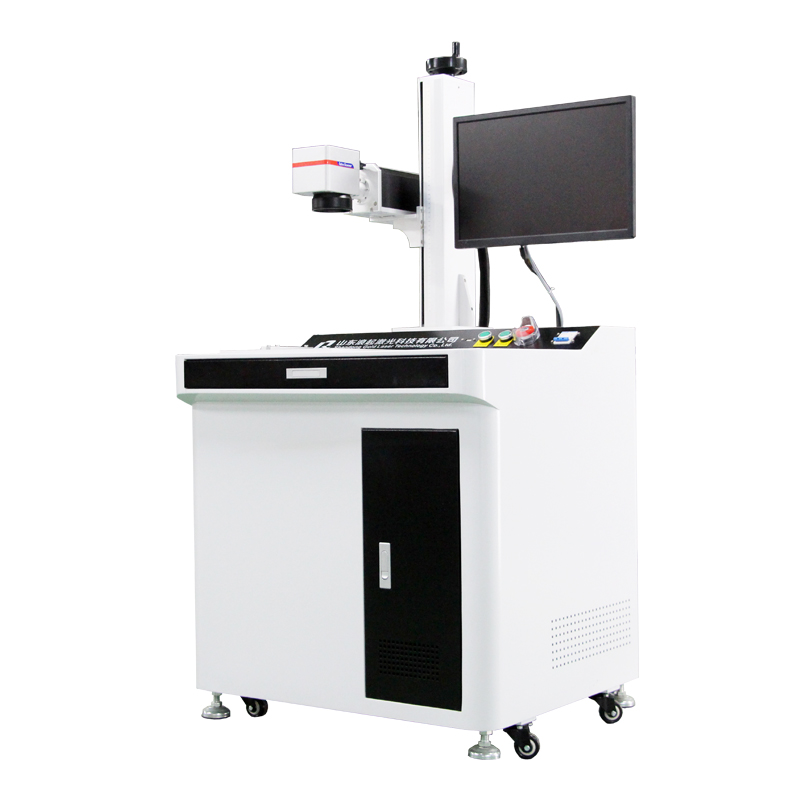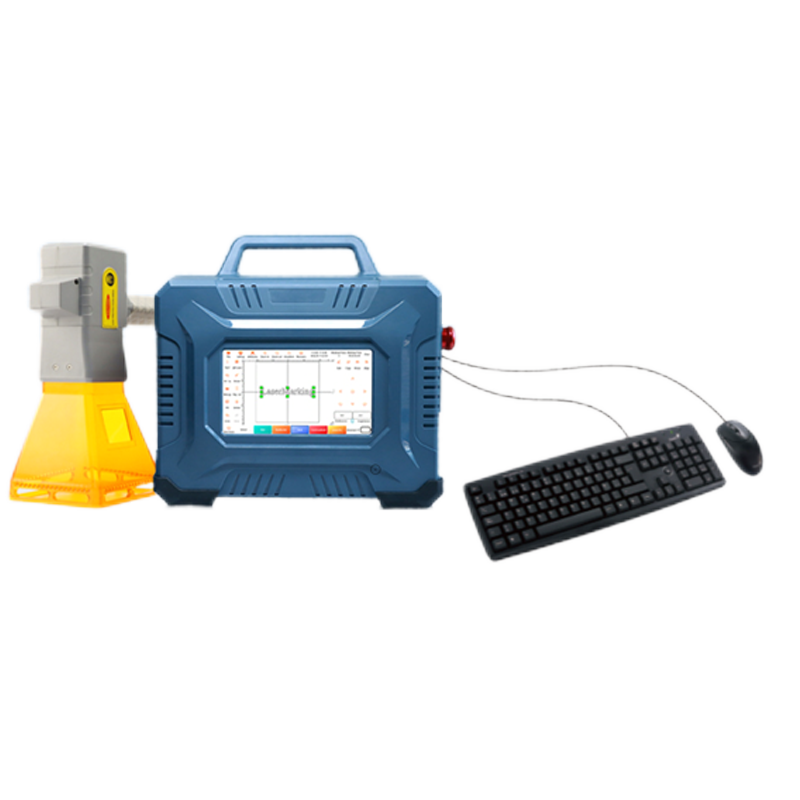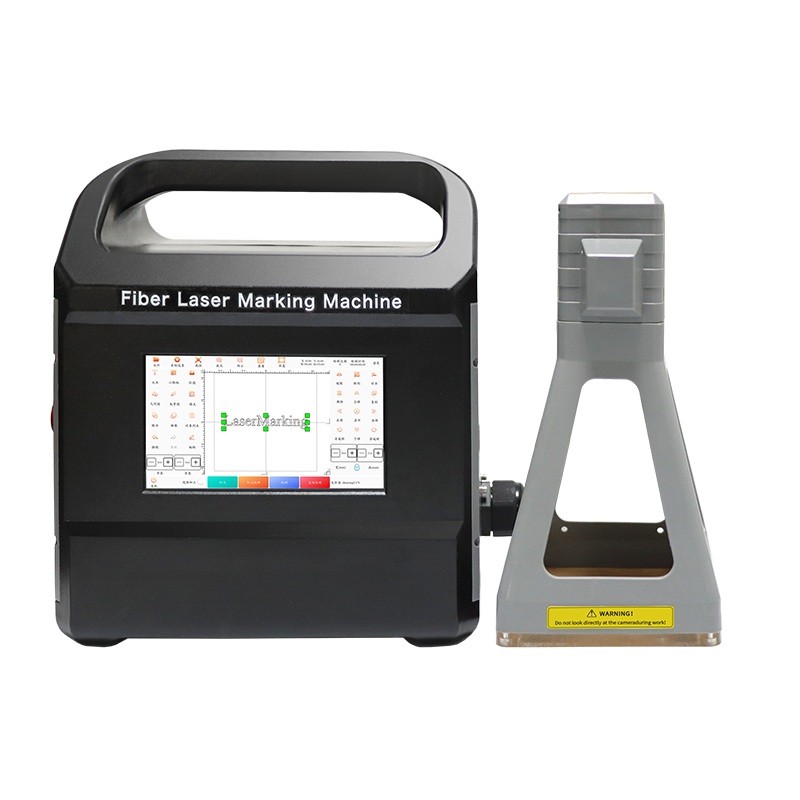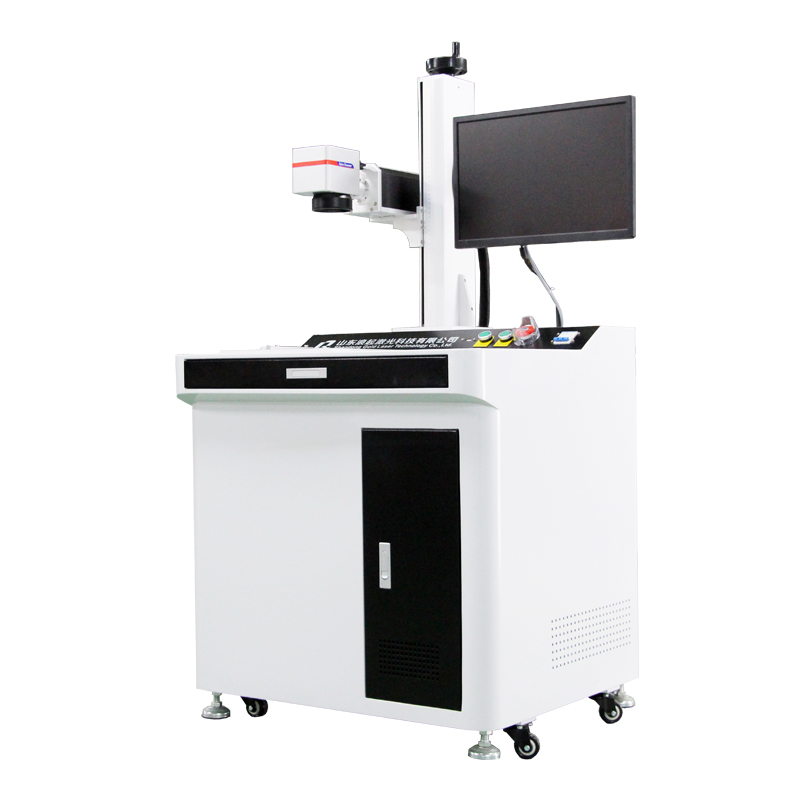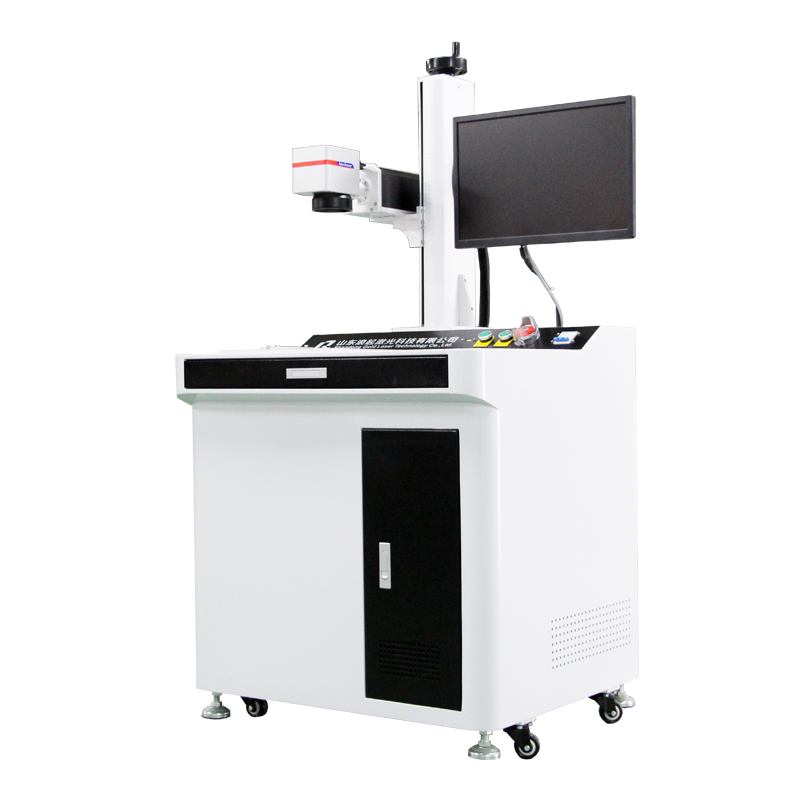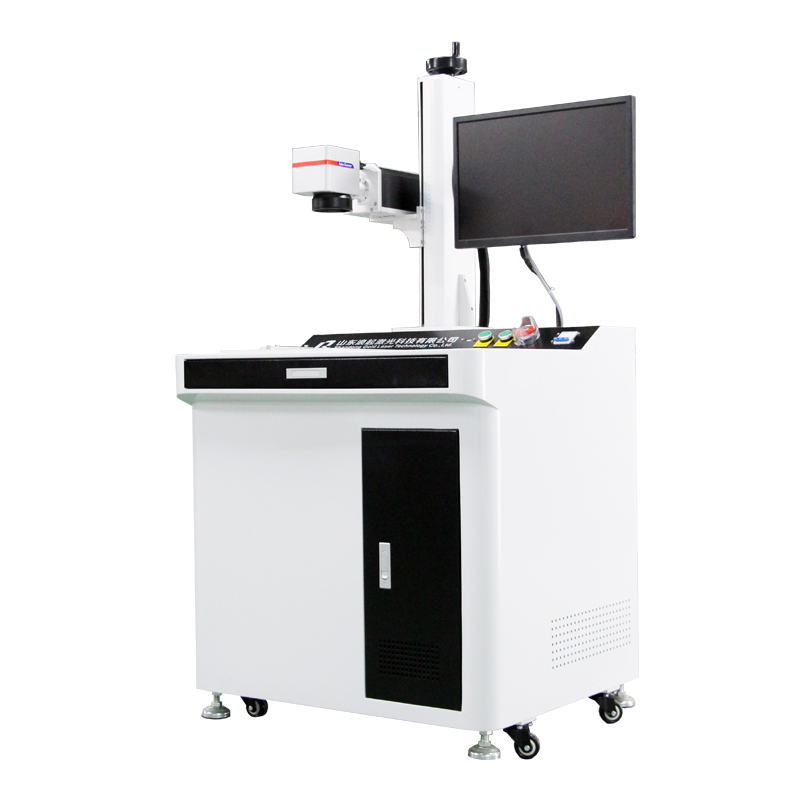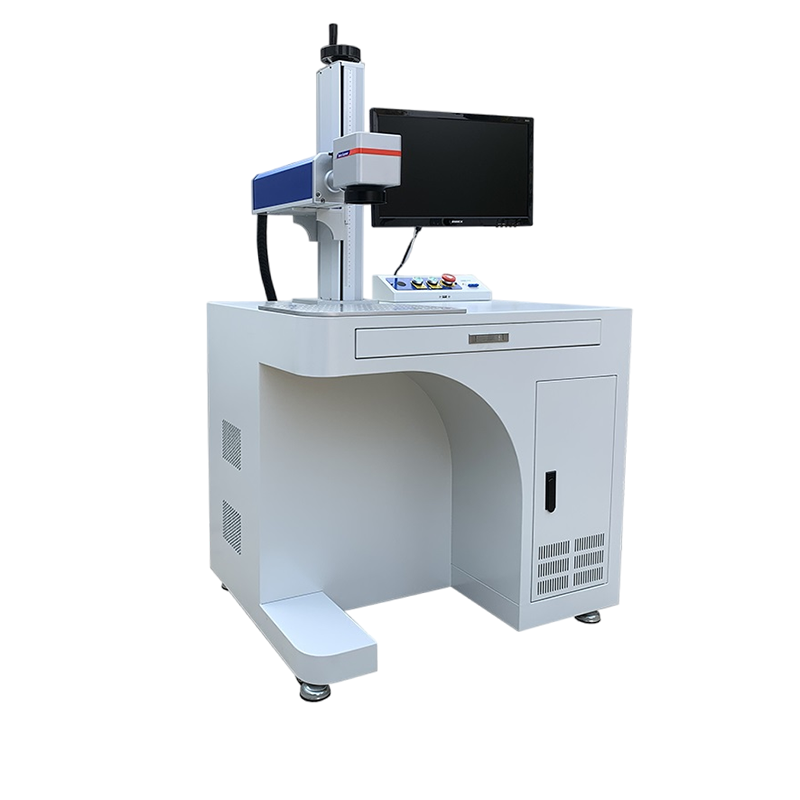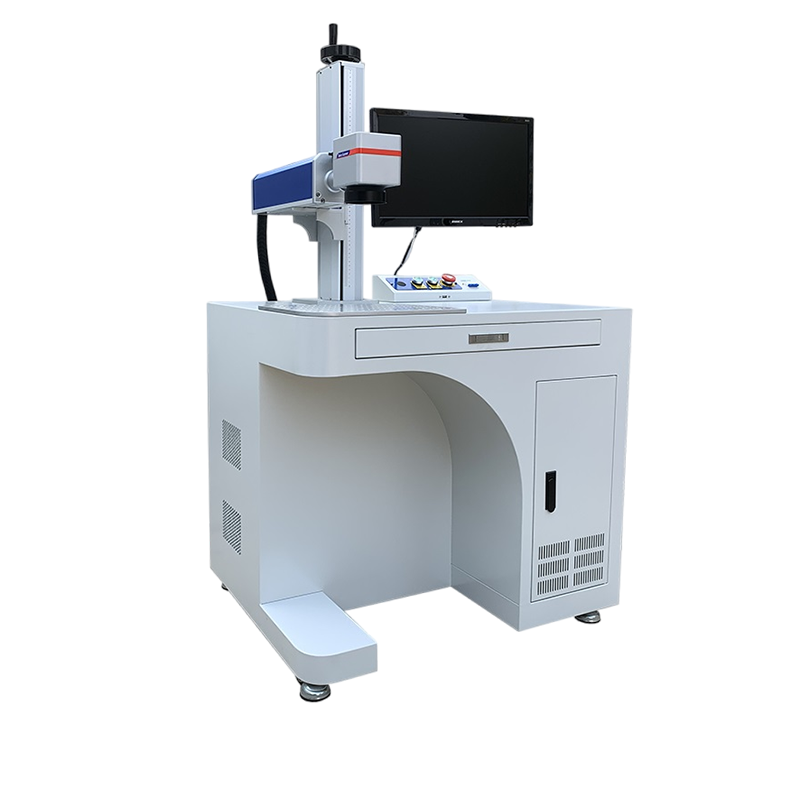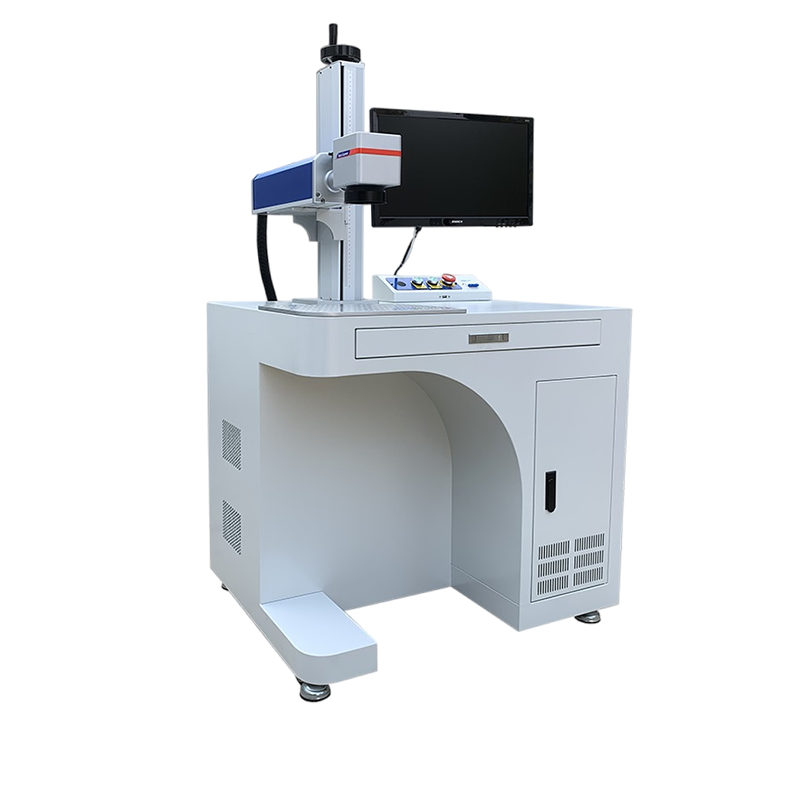Of course. This is an excellent question that gets to the heart of how fiber laser markers achieve such precise and high-quality results on various materials.
Let's break down how a Fiber Laser Source works specifically within a Pulse Marking Machine.
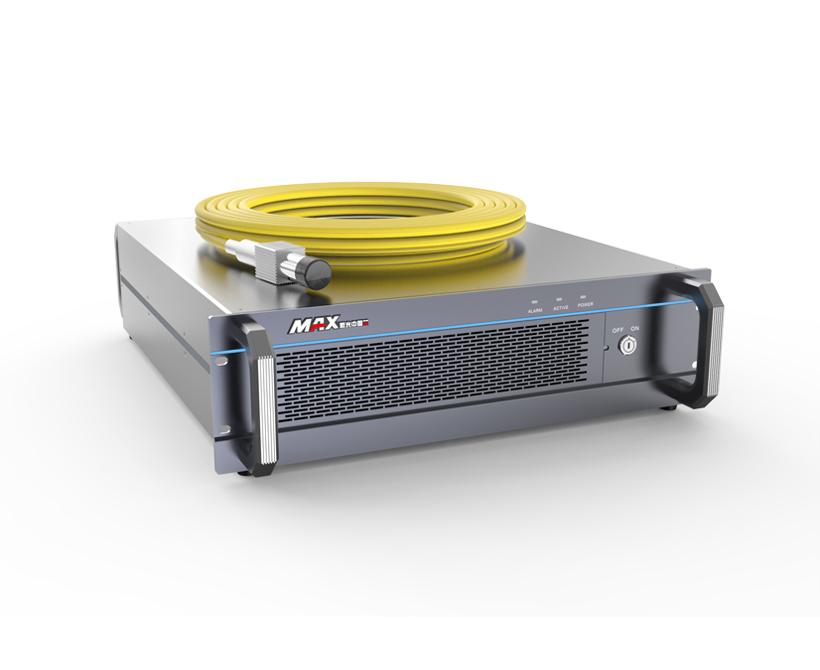
Core Concept: Pulsed vs. Continuous Wave (CW)
First, it's crucial to understand the fundamental difference:
Continuous Wave (CW) Laser: Outputs a constant, uninterrupted beam of light. It's like holding a flashlight on a spot. This is great for cutting and welding, where continuous heat input is needed.
Pulsed Laser: Outputs light in extremely short, high-power bursts (pulses). It's like using a high-speed strobe light or a hammer hitting a surface thousands or millions of times per second.
A pulse marking machine exclusively uses a Pulsed Laser Source. This pulsed nature is the key to its success in marking.
How the Fiber Laser Source Generates Pulses
A fiber laser source for marking is typically a MOPA (Master Oscillator Power Amplifier) fiber laser. This design allows for superior control over the pulse. Here's a step-by-step breakdown of its internal workings:
1. The "Seed Laser" (Master Oscillator):
At the heart of the system is a low-power laser diode that generates a specific "seed" wavelength of light (commonly around 1064 nm, which is infrared).
In a MOPA system, this seed laser is directly modulated. This means its electrical drive current is turned on and off very rapidly to create the initial train of light pulses.
The ability to precisely control the pulse width (the duration of each pulse) and pulse frequency (how many pulses per second) at this seed stage is what gives MOPA lasers their versatility.
2. The Gain Medium (Doped Fiber):
The seed pulses travel through a special optical fiber that is doped with rare-earth elements, most commonly Ytterbium (Yb).
These dopant ions are "pumped" into an excited state by high-power pump diodes (like charging a battery).
3. Stimulated Emission and Amplification:
When the weak "seed" pulse passes through the doped fiber, it stimulates the excited Ytterbium ions to release their stored energy in phase with the incoming light.
This process is called Stimulated Emission. It results in a massive amplification of the light pulse's power while maintaining its coherence and pulse characteristics.
4. Beam Delivery:
The now high-peak-power pulse exits the laser source through an output coupler and is directed via mirrors or a fiber cable to the scanning galvanometer system ("galvo head").
The galvo head, with its fast-moving mirrors, precisely steers the focused laser beam across the surface of the material to create the desired mark.
Why Pulsed Operation is Ideal for Marking
The interaction between these ultra-short, high-energy pulses and the material is what creates a clean mark.
1. Ablative/Vaporization Marking:
Each laser pulse delivers a massive amount of energy to a tiny spot in an extremely short time (nanoseconds to microseconds).
This intense energy instantly heats the material past its vaporization point, causing it to sublimate (turn directly from solid to gas).
Because the pulse is so short, there is minimal heat transfer to the surrounding material (a phenomenon known as "Cold Processing"). This prevents melting, burning, or thermal distortion, resulting in a sharp, precise mark.
2. Annealing/Color Change Marking:
On metals like stainless steel or titanium, the controlled heat from the pulse can create a thin oxide layer on the surface.
The thickness of this oxide layer causes light interference, which we perceive as a color (black, gold, brown, etc.). This is a permanent, subsurface mark with no material removal.
3. Foaming/Engraving Plastics:
The pulse rapidly melts the surface of the plastic, releasing gases and creating micro-bubbles. This foamed area scatters light differently, creating a high-contrast, light-colored mark.
Key Pulse Parameters and Their Effects
The operator controls the marking result by adjusting these parameters from the software:
Pulse Frequency (Hz or kHz): The number of pulses per second.
*Low Frequency (e.g., 20-100 kHz):* Creates a dotted line effect, good for deep engraving.
*High Frequency (e.g., 200-1000 kHz):* Pulses overlap, creating a smooth, continuous line, ideal for fine graphics and high-speed surface marking.
Pulse Width (ns): The duration of a single pulse.
*Short Pulse Width (e.g., 4-100 ns):* Produces very high peak power, ideal for hard, brittle materials (ceramics, silicon) as it causes micro-fracturing and minimal heat. Creates a clean, sharp mark on metals.
*Long Pulse Width (e.g., 100-200 ns):* Lower peak power but more thermal energy. Better for annealing (color change) on metals and marking plastics, where a gentler heat input is needed.
Pulse Energy (Joules): The total energy contained in a single pulse. Higher pulse energy allows for deeper engraving.
Average Power (Watts): The overall power output of the laser, calculated as (Pulse Energy) x (Pulse Frequency).
The MOPA architecture's main advantage is that it allows for independent control of pulse width and frequency, unlike simpler Q-Switched lasers where they are linked. This provides unparalleled flexibility to optimize the mark for different materials.
Summary Table: MOPA Fiber Laser in a Pulse Marking Machine
| Feature | Description | Role in Marking |
|---|---|---|
| Type | Pulsed, MOPA Fiber Laser | Provides flexible, high-peak-power pulses. |
| Gain Medium | Ytterbium-Doped Optical Fiber | Efficiently amplifies the seed laser pulses. |
| Pulse Creation | Directly Modulated Seed Diode | Precisely controls the timing and shape of the pulse. |
| Key Parameters | Pulse Frequency, Pulse Width, Power | Allows fine-tuning for different materials and mark types. |
| Core Process | Ablation, Annealing, Foaming | Removes or alters the surface material with minimal heat damage. |
| Advantage | "Cold Processing" | Creates high-contrast, precise, and durable marks without burning. |
In essence, the fiber laser source in a pulse marking machine acts as an ultra-fast, ultra-precise hammer and chisel, using controlled bursts of light energy to sculpt a permanent mark on the surface of a material.

